I have a simple question.
I am using the numpy.std formula to calculate the standard deviation. However, the result comes as a number in scientific notation.
Therefore I am asking, How to convert a scientific notation to decimal number, and still keep the data format as float64 ?
Or is there any workaround to get the initial result as a decimal number?
Solutions such as this:
stdev = format(stdev, '.10f')
converts the data into a string object, which I don't want.
ere is my code:
stdev = numpy.std(dataset)
print(stdev)
Result: 4.999999999999449e-05
print(stdev.dtype)
Result: float64
Expected result
I willing to have a result as a decimal number in a float64 format.
